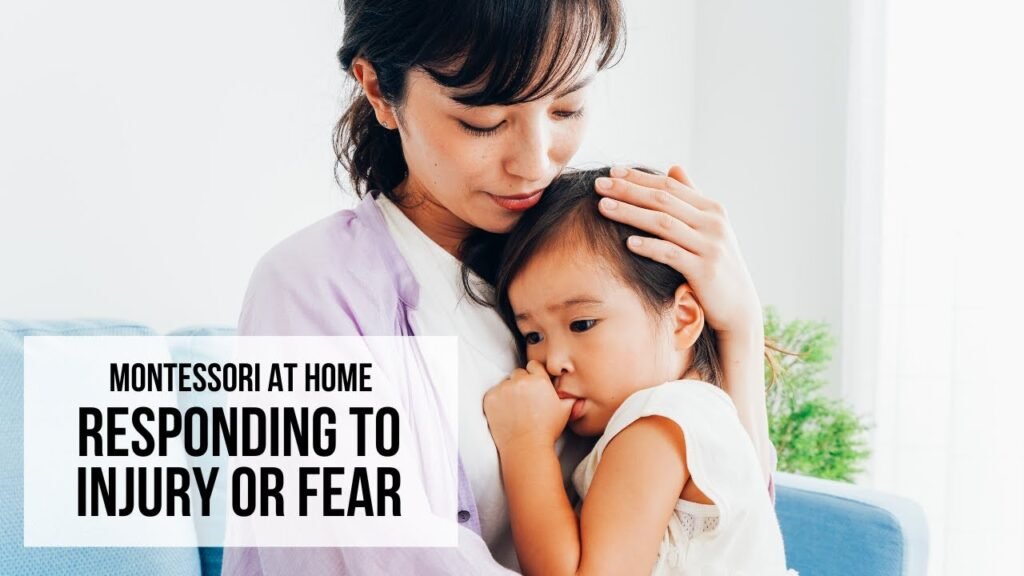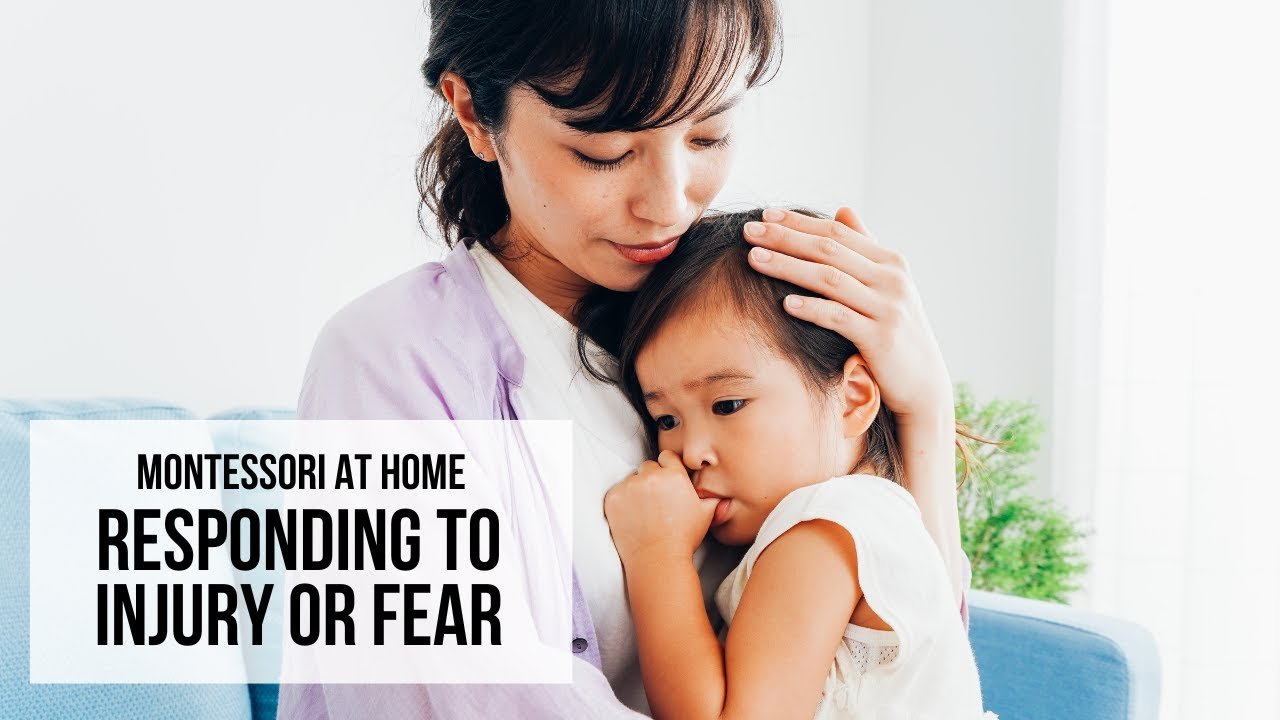In the video “Montessori Methods for Responding to Injury and Fear at Home,” created by Hapa Family, you will learn about Montessori parenting principles for handling situations where a child gets hurt. The Montessori approach encourages parents to validate their child’s feelings and experiences instead of dismissing or distracting them. By showing acceptance and offering comfort without trying to fix the situation, parents can be a safe and confident presence for their child during these moments. The video provides helpful ideas for responding as a Montessori parent and offers guidance on how to communicate these principles to other family members who may not be familiar with the approach. From one busy parent to another, this video aims to shed light on responding to injury or fear in a Montessori-inspired way.
Montessori Methods for Responding to Injury and Fear at Home
Montessori Approach to Handling Injury and Fear
As a Montessori parent, your approach to handling injury and fear should prioritize validating your child’s feelings and experiences. Traditional responses often involve dismissing or distracting the child’s emotions, but Montessori parents aim to acknowledge and support their child instead. It is important to show acceptance of a child’s feelings and offer comfort or presence without trying to fix the situation or make them stop crying. By responding in this way, you are creating a safe and trusting environment for your child to express their emotions.
Validating a Child’s Feelings
When your child gets hurt, it is crucial to validate their feelings by acknowledging and naming their experience. Whether they have fallen, hit their head, or hurt themselves in some way, take the time to get down to their level, make eye contact, and say something like, “I see that you fell down and it hurt. It’s okay to cry and feel scared.” By acknowledging what happened and labeling their emotions, you are letting them know that their feelings are valid and normal. This validation helps them process their emotions and feel understood.
Acknowledging and Supporting the Child
After acknowledging your child’s feelings, it is important to offer support and comfort. This can be done through physical touch, such as a hug or holding their hand. You can also offer verbal reassurance by saying things like, “I am here for you” or “You are safe now.” By being a calm and reassuring presence, you are showing your child that they are not alone and that you are there to support them through their emotions.
Being a Safe and Confident Presence
During moments of injury or fear, it is crucial for parents to be a safe and confident presence for their child. Children look to their parents for guidance and reassurance, so it is important to maintain a calm and composed demeanor. Even if you feel anxious or worried, try your best to project a sense of confidence and stability. Your child will pick up on your energy and feel more secure knowing that you are in control of the situation.

Creating a Prepared Environment
One way to prevent injury and fear at home is by creating a prepared environment. In a Montessori home, this means childproofing the space to minimize potential hazards. By eliminating sharp edges, securing furniture to the wall, and keeping small objects out of reach, you can create a safe environment that allows your child to explore and play without constant worry. A prepared environment also includes having age-appropriate toys and materials that promote independence and encourage your child to engage in activities that build their confidence and coordination.
Teaching Practical Life Skills
Another way to support your child’s independence and reduce the risk of injury is by teaching them practical life skills. Montessori education emphasizes the importance of teaching children basic life skills from an early age. This includes tasks such as dressing themselves, pouring their own drinks, and cleaning up after themselves. By giving your child the opportunity to develop these skills, they become more self-reliant and capable of taking care of themselves, reducing the likelihood of accidents.
Encouraging Independence
Encouraging independence goes beyond teaching practical life skills. It also means allowing your child to make choices and take on appropriate responsibilities. When your child has the freedom to make decisions and take ownership of their actions, they develop a sense of confidence and competence. This confidence in their abilities can help them navigate challenging situations, including moments of injury or fear, with resilience and determination.
Promoting Emotional Intelligence
Montessori education places a strong emphasis on developing emotional intelligence in children. Emotional intelligence involves understanding and managing one’s own emotions and being empathetic towards others. By teaching your child to identify and express their emotions, you are helping them develop the tools they need to cope with difficult situations. Encourage open conversations about emotions and provide opportunities for your child to practice empathy, such as role-playing scenarios or discussing how others might feel in certain situations.
Using Positive Language and Empathy
When responding to injury or fear, using positive language and showing empathy can make a significant difference. Instead of focusing on the negative aspects of the situation, try to emphasize the positive. For example, instead of saying “You’re not hurt that much,” you can say “I see that you got a little scratch, but you’ll be okay.” By reframing the situation in a positive light, you are helping your child feel more confident and hopeful. Additionally, showing empathy and understanding by saying things like “I know it hurt, and it’s okay to cry” can make your child feel supported and validated.
Teaching Problem-Solving Skills
In Montessori parenting, teaching problem-solving skills is an essential part of helping children navigate difficult situations. Encourage your child to brainstorm possible solutions and explore different ways of handling challenging situations. By empowering your child to think critically and identify solutions, you are fostering their independence and resilience. This problem-solving approach can be applied to moments of injury or fear by helping your child identify ways to prevent similar accidents in the future or cope with their emotions more effectively.
Conclusion
As a Montessori parent, responding to injury and fear with empathy, validation, and support is essential. By prioritizing your child’s feelings, creating a safe and prepared environment, teaching practical life skills and problem-solving skills, and promoting emotional intelligence, you are instilling in your child the tools they need to navigate difficult situations with confidence and resilience. Remember to be a calm and confident presence for your child and to use positive language and empathy when responding to their emotions. By implementing these Montessori methods, you can create a nurturing and supportive environment in which your child can grow and thrive.

